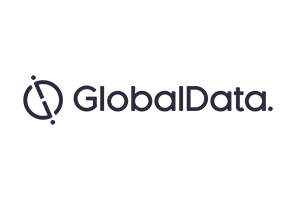
The immune thrombocytopenia (ITP) market will witness minimal growth from $928m in 2015 to $985m by 2025, says a report by GlobalData.
Titled ‘OpportunityAnalyzer: Immune Thrombocytopenia (ITP) – Opportunity Analysis and Forecasts to 2025’, the report covers the seven major countries of the US, France, Germany, Italy, Spain, the UK and Japan.
The ITP space is expected to witness moderate growth at the beginning of the forecast period, reaching $1.16bn by 2023.
An increase in uptake of Amgen’s Nplate (romiplostim) and Novartis’ Promacta / Revolade (eltrombopag) and rise in the prevalence of adult ITP are expected to be key drivers of growth during the forecast period. The launch of Rigel Pharmaceuticals’ fostamatinib, offering a novel mechanism of action, is also expected to drive growth.
The market is projected to decline from 2023 onwards, owing to patent expiration and launch of generic / biosimilar versions of Nplate, Promacta, and Roche’s Rituxan / MabThera (rituximab).
A lack of late-stage pipeline products and decrease in treatment rate of paediatric ITP patients will be the major barriers for the market growth, according to Fenix Leung, DPhil, Healthcare Analyst for GlobalData.
After the approval of Nplate and Promacta, only two pipeline agents, avatrombopag and fostamatinib, have managed to reach Phase III development. Development of Avatrombopag, which has faced problems with clinical trial participant recruitment, is expected to have been halted, the report adds. Fostamatinib is, therefore, the only product expected to be launched during the forecast period.
Drug manufacturers are exploring novel mechanism of actions (MOAs) to improve response rate and safety. Spleen tyrosine kinase inhibitors such as fostamatinib and CD40/CD40 ligand antagonists are two of the novel MOAs identified by the report. Drugs offerings novel MOAs, such as fostamatinib, which has already completed two pivotal Phase III trials, will be essential to succeed in the market.
Opportunities also exist for pharmaceutical companies for multiple refractory patients, who form 10% of the ITP population and do not respond to available treatments. Despite the small patient population, the unmet needs are high, opines Leung.
Drugs addressing the needs of multiple refractory patients are expected to command a premium price. Furthermore, curative therapies that offer long-term remission are expected to achieve high patient penetration and command premium price.



